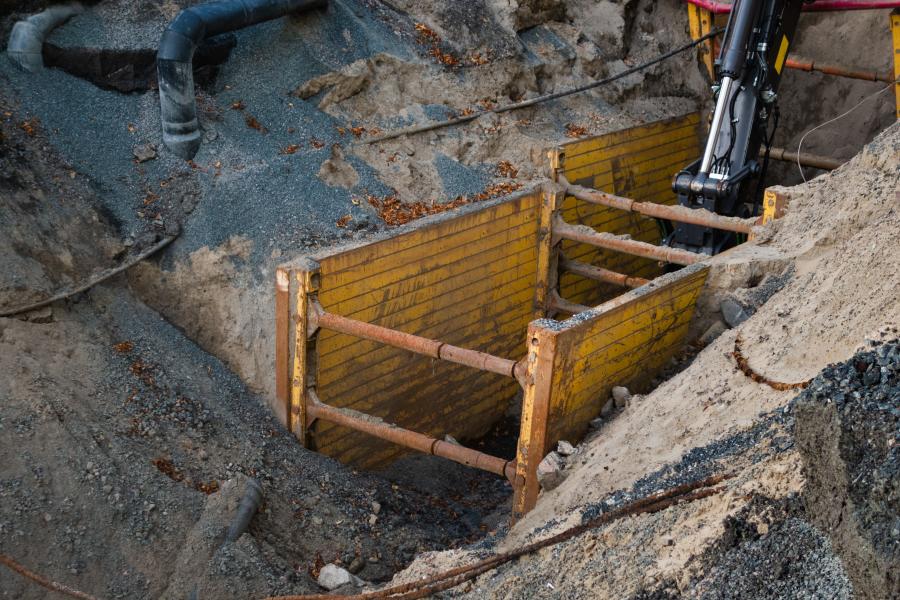Digging trenches is a crucial part of various constructions. They are used to construct telephone lines as well as pipes. Trenching in these locations can become difficult because of the quantity of water. It’s not straightforward to clean all dirt around objects, but it’s risky to expose skin to the risk of.
Trench boxes are required to complete any kind of construction or repair work which needs access to the ground. They can be used to stop the collapse of a structure based on the soil and material quality. Trench boxes are made of steel and aluminum frames to temporarily secure them before excavation commences. The grout is secured between two layers in case it is necessary, to ensure that it is not cracked when placed at the site level.

Pre Installation
Before digging prior to digging, it’s important to know the risks you could face. It is essential to understand which equipment is required and how many people will require access. Also, think about different methods which could have been utilized to finish the job without risking life or limb risk (such as the use of minimally-invasive methods). Also, a full risk assessment should be carried out during pre-excavation survey to ensure that all hazards can be easily detected before the excavation. This will help avoid any complications later.
The depth of the trench is an important factor to consider as well. If you’re working with a 5-foot wide strip that requires support, either slope or shoring may be required based on how large it gets; however if your trench is 20 feet deep, you will need extra engineering design work because there aren’t straight sides near either end this means that any building that is above ground level must be considered in addition to an increased chance of foundation movements due to direct back down into the excavation site.
The trench’s access must be made by steps or ladders. There must always have been an accessible area of 25 feet of the workers always in the event that an emergency occurs. You could also be necessary to check for toxic or low oxygen levels gasses through specially designed boxes called “trench boxes.” These articulated devices are very simple to install, but it is important to take care not to pile them on top of others.
Care of the trench
1. In the event of any damage or movement, make sure you inspect the trench box every day.
2. When working on-site everyone should wear their safety gear and should wear a steel-toed boots as well as high visibility clothing.
3. Equipment and tools that are heavy should be kept at least 3 feet away from the edge of any trench.
Extracting
A trench box installation will likely be more difficult than excavating it since the ground around it shifts. For the purpose of extraction, you may use chain slings. A crane that is overhead is another option.
1. Straight Pull: This one is the simplest. Attach your slings to the two points, then pull it out. There is no need for excess force or unnecessary movement.
2. Half Pull: A half pull is used to fix the trench box on the other side and then lift it the box as much as it is possible. It is possible to remove dirt and other debris from the trench box and not cause any harm.
3. Single Pull A single chain sling leg to the lifting or extraction point to move the trench box. Then, raise each panel individually with a single pull. When the time comes for removal but you’ll need to use your favorite pull.
For more information, click shoring boxes